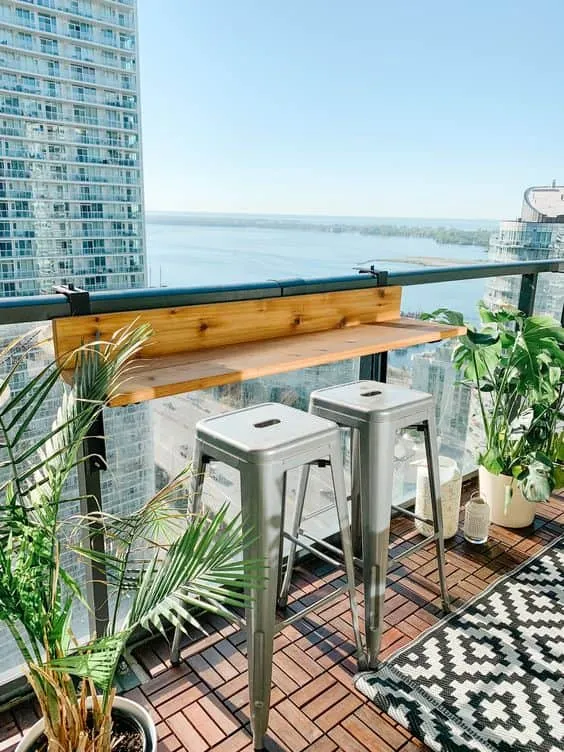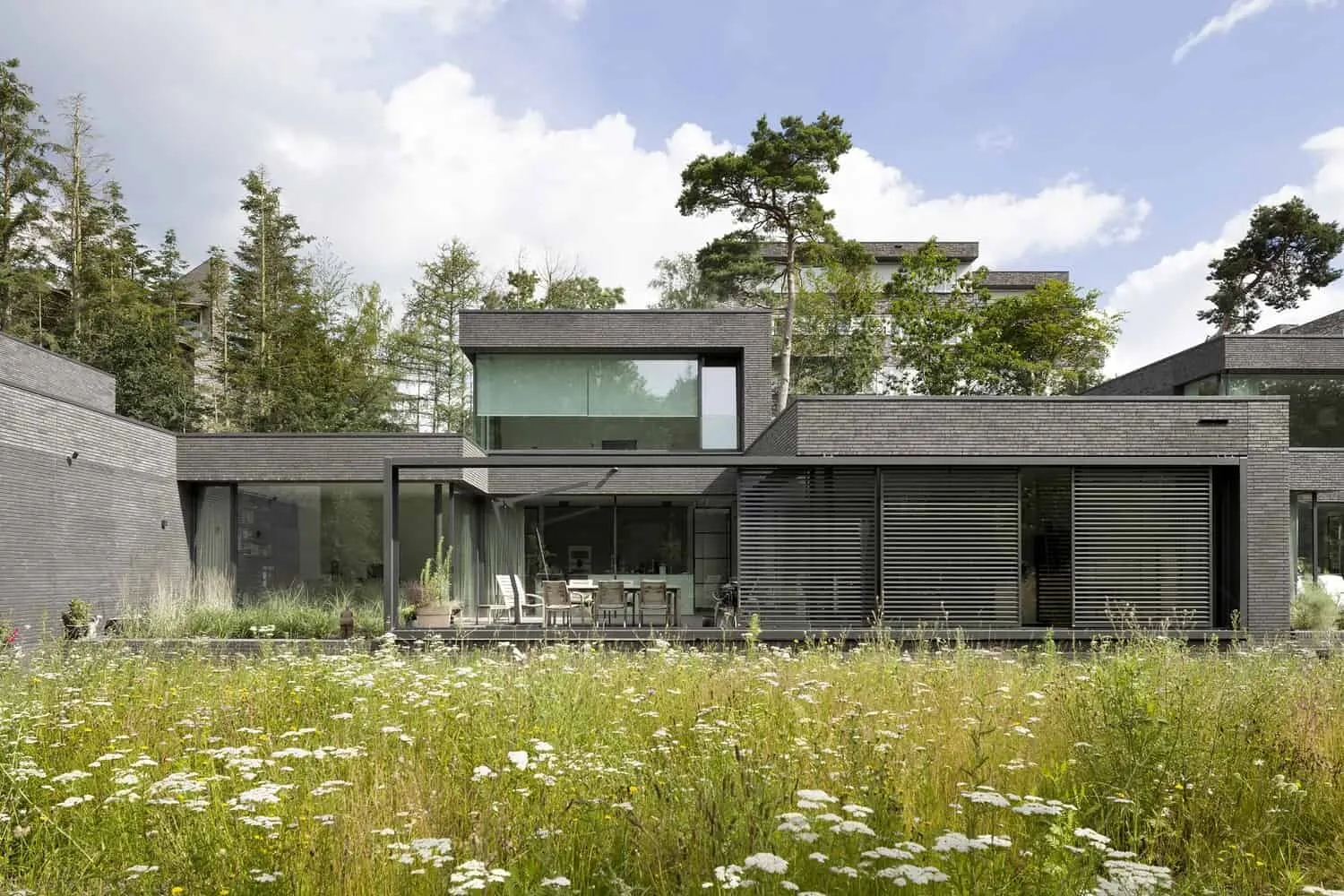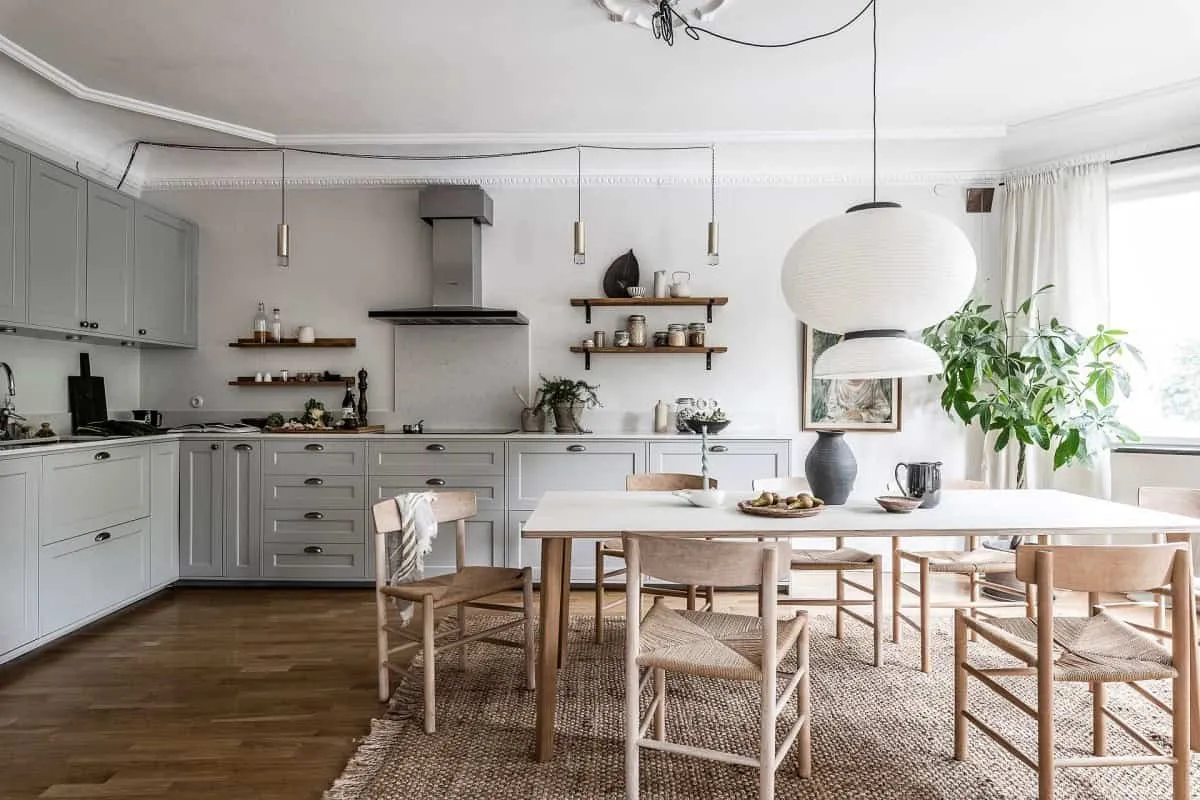There can be your advertisement
300x150
The Future of Construction: 5 Essential Tips for Designing Your Home

Building a home requires a budget for expenses. It's an investment that ensures you have one of the most fundamental life needs — a place you can call your own. In this sense, whether it's buying or building a home, designing has its pros and cons that must be correctly evaluated to create the highest quality house possible.

As a homeowner, studying each aspect and the materials used to decorate your home is necessary. This guarantees that everything used in construction will be sturdy, durable, and match your taste. Moreover, this home is yours; it should be designed to provide comfortable living. Therefore, here are five key elements of home design you must know.
Choosing the Right Colors and Furniture
Color plays an important role in how any space is perceived in your room, so you should be careful when choosing a color. For the living room consider using yellow to promote positivity in your space, or light beige to make the area feel more spacious.
Additionally, muted colors like blue and green work well for bedrooms to promote relaxation. For the bathroom choose light gray or white colors, as well as other neutral tones.
Also, remember how to select furniture. Some pieces may take up too much space, leaving little room for free movement. But if you're struggling to decide what colors, furniture, and design would best suit your home and style, visit the New Generation Homes website for help in making a decision.
Make Sure You Choose the Right Location
Designing a home is fun, but you must ensure the location for its construction is safe and protected from building issues. Carefully examine various site options, and once you make a decision, conduct an inspection to check if the location is suitable for residential use. Specialists from Scalice Land Surveyors can assist in this process thanks to their experience with modern surveying methods. Not knowing the area of land where your home will be built can cost you more than what you planned for construction.
Knowing whether your site can withstand various climate changes and support the foundation of your home is important. If not, your dream house may easily be damaged or collapse due to poor soil conditions. Therefore, design your home not only according to your personal preferences but also based on the land area and location.
Discuss with Other Residents
To avoid misunderstandings and meet the needs of all residents, spend time discussing your ideas and projects with other residents. Your neighbors are important in making decisions about home design since they will also live there.
Everyone should agree on how the house will be designed and decorated for greater comfort and convenience. Communicate with them about how you want to decorate the space and what it looks like in your vision. Who knows, talking with them might give you more ideas on how to better design the home.
Study the Ideal Home Orientation
The orientation of your home, if planned correctly, can significantly impact your life. Ideally, the direction of the house should face the sun. In this case, you can save on electricity by allowing natural light to enter your home. This is recommended for living rooms so that plenty of natural light can come inside, which also positively affects a person's mood.
Perfect orientation depends on the location. But for most, it’s a direction where there is sufficient sunlight to grow plants, get the necessary amount of light, and reduce electricity costs. Also ensure that your orientation helps protect you from strong winds which can be dangerous.
Consider Using High-Quality Materials Instead of Cheap Ones
When designing a home, you should understand that not all cheap items are suitable for long-term use. Some materials bought cheaply easily break and require replacement. When these replacements keep getting damaged, you end up spending more money than necessary.
Always choose quality materials when building and designing a home. Though it may be expensive, you pay once and can count on durability. Generally, brick and stone are among the most well-known building materials that have proven their strength. Wood is also a great choice. To properly evaluate your options, don’t hesitate to seek help from construction contractors.
Conclusion
Designing a home is a fun activity. You buy furniture, check paint colors and decorate the house to your taste. But it's always better to consult professionals for advice on the best ways to design a home so that it is as functional and economical as possible. Although this may take time and require a significant budget, the cost of your home will increase as the design improves.
More articles:
 Folding and Hanging Tables Are Perfect for Cozy Balconies
Folding and Hanging Tables Are Perfect for Cozy Balconies House with Folding Roof in Courtyard by MAT Office in Beijing, China
House with Folding Roof in Courtyard by MAT Office in Beijing, China Fondue House by Castlepeake Architects in Marrickville, Australia
Fondue House by Castlepeake Architects in Marrickville, Australia For Warm and Exotic Decor, This Ethnic Wall Hanging Will Be the Perfect Element
For Warm and Exotic Decor, This Ethnic Wall Hanging Will Be the Perfect Element Forest House lb+mr in Sao Carlos, Brazil
Forest House lb+mr in Sao Carlos, Brazil Forest Patio Houses by wUrck in Cees, Netherlands
Forest Patio Houses by wUrck in Cees, Netherlands Forest Restaurant by STUDIO 40: Cozy Nature-Inspired Space in Yekaterinburg
Forest Restaurant by STUDIO 40: Cozy Nature-Inspired Space in Yekaterinburg Formal Dining Room on the Kitchen
Formal Dining Room on the Kitchen